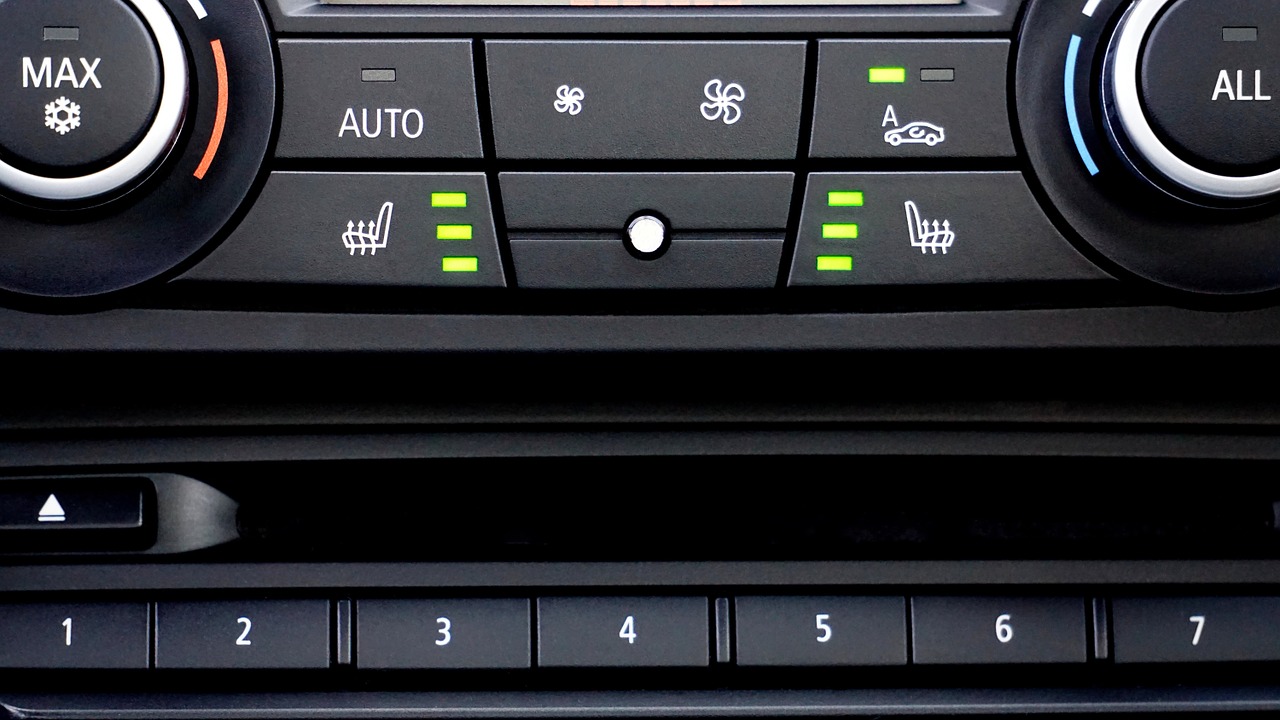One of the most important systems in a car is the heater. In addition to keeping you warm during the winter months, a heater is important for defrosting and defogging your windshield. If you notice that only cold air blows when you turn on the heater in your vehicle, it can be very frustrating and even become dangerous.
Broken heaters can result from a number of issues involving different parts of the system. Luckily, if you approach the diagnostic dilemma in a systematic way, you can quickly figure out what the problem is and get the heat flowing again. This systematic method should identify all the potential issues that could be causing a problem.
Checking the Fluid Levels in Your Vehicle
The first step in diagnosing a heating system problem is to check the relevant fluids and ensure they are at a proper level. Only check these fluids when the engine is cool and turned off to avoid potential injury. Furthermore, wear gloves and safety goggles.
The first fluid you want to check is the coolant in the radiator. Remove the reservoir cap for the coolant and make sure it is full. A low coolant level can prevent proper heat transfer in the radiator and cause cool air to blow when you start the system.
The next step is to take a look at the reservoir bottle fluid level. This bottle holds the overflow from the radiator and should be up to the max line. To find the reservoir, look for a clear white oval or cylinder bottle near the radiator. Fill the reservoir if the fluid is low. Even if the radiator seems to have enough coolant, low levels in the reservoir can keep the system from working as well as it should.
Making Sure the Thermostat Valve Is Working
After you have checked the coolant level, you should next think about the thermostat valve. To check this valve, turn the engine on and active the heater. Keep an eye on the temperature gauge on the dashboard as the engine warms up from the cold start. Ideally, you should have a sense of how long your engine typically takes to warm up before it can be safely driven. Typically, this takes no longer than a minute or two.
If you notice that your vehicle is taking much longer than normal, especially if this has become a pattern, you may have a broken thermostat valve on your hands. This valve can get stuck open or closed and cause issues with the heating system of the engine and the cabin. A mechanic can help fix the valve or replace it, if necessary.
Inspecting the Fan Function on Your Vehicle
Another issue that can cause the heater not to work is a problem with the fan. Figure out where the fan vents are in your vehicle. For the majority of vehicles, there is a small fan underneath the glove compartment within the dashboard that helps circulate warm air in the cabin. If you do not feel any air moving through the vents when the heating system is on, you could have a faulty fan on your hands.
The most common cause of a broken fan is a fuse that needs to be replaced. Refer to your vehicle’s owner’s manual to find the fuse box and locate the one for the fan. If the fuse appears blown, you can easily replace it to fix the problem. However, if the fuse appears intact, then the fan itself may be faulty. In this case, you will need to have a mechanic replace the fan for you.
Testing the Heater Core for Potential Clogs
Inside of your vehicle’s compartment underneath the dashboard is a smaller radiator called the heater core. This component has a constant flow of warm coolant through it. When the heater is turned on, the heater core transmits this heat to the cabin. However, the heater core can become clogged or dirty, which lessens the flow of coolant and can limit the amount of heat that actually gets transferred into the car.
You can check the floor mats in the vehicle to see if they are damp or smell like coolant, which could indicate a leak in the heater core. Whenever the heater core gets damaged, the cabin area will typically start to smell like coolant, so this is the best indicator. You will likely need to get the heater core replaced if you notice this problem.
When Everything Else Seems to Be Working
If all of the above steps have not revealed a potential issue with your heating system, then the problem could be with the controls themselves. In other words, the buttons, knobs, or other controls that are meant to control the heating system are not actually triggering the system to work.
Dials can break, touchscreens can go bad, and shorts can happen. All of these will lead to a heater malfunction. In this case, you should speak to a mechanic about your concern. A trained mechanic can check the wiring systems of the vehicle to see if there are any specific problems that need to be addressed.
